Characteristics of typical operating states of asynchronous motors
Slip is a unique performance of asynchronous motors, that is, the motor speed is always lower than the speed of the motor's rotating magnet. Motor starting, no-load and load operation represent different operating states of the motor respectively. Under different operating states, its performance parameters have their own particularities.
When the motor is in the starting state, the motor speed is 0, which means that the motor slip rate is 1; it is equivalent to the motor being in a short-circuit state, so it will correspond to a very large starting current, and the corresponding power factor is also very low. The starting torque involved in the starting process directly reflects the starting ability of the motor, especially for industrial frequency motors, which are described in the form of starting torque and rated torque times. However, a larger starting torque often corresponds to a larger starting current, so a special slot-shaped or wound rotor external resistor is used to achieve the goal of large starting torque and small starting current during the starting process.
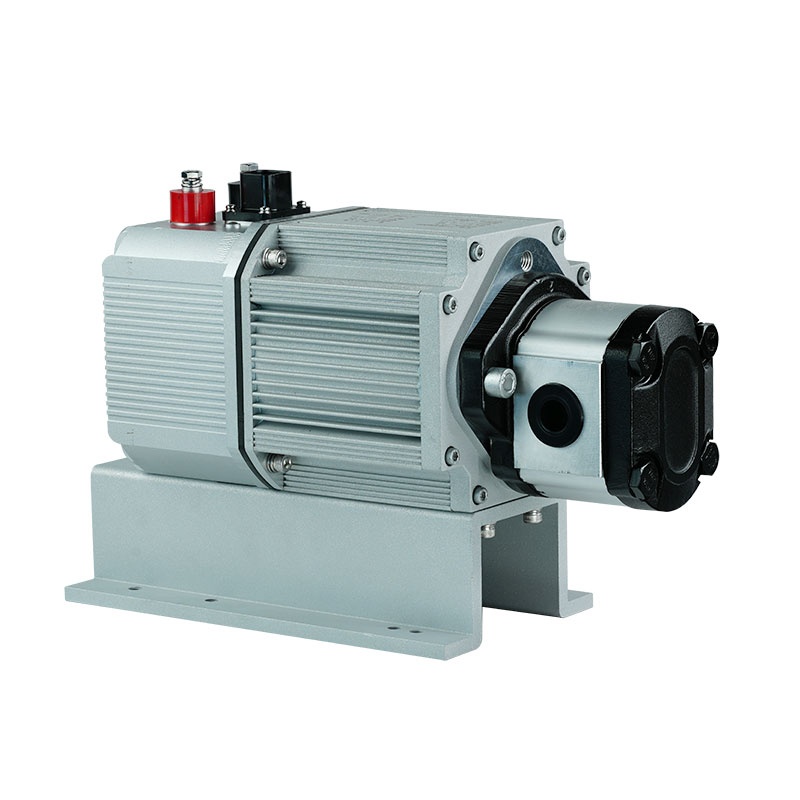
When the asynchronous motor is running at no-load, the motor rotor speed is basically close to the synchronous speed, that is, the motor slip rate is close to 0, and the power factor is also very low at this time. The size of the no-load current and no-load loss during no-load operation can indirectly reflect the compliance of other performances. Combined with the correlation between various parameters, the no-load current size, unevenness and no-load loss can be measured to evaluate the compliance of motor efficiency, power factor and other performances.
When the motor is running under rated load, the motor speed should be slightly lower than the no-load speed. At this time, the corresponding slip rate is a relatively stable value greater than the no-load slip rate, which will not exceed about 5%; under normal rated operation, the rated motor current is less than the starting current, and the power factor is significantly improved compared with the starting state and no-load state, which can reach between 0.8 and 0.85. For some variable loads, the load of the motor is variable during operation, so the corresponding current and other parameters will also change to varying degrees. In particular, overload operation when the load is too large will endanger the life of the motor; and light load operation that deviates from the rated load will seriously affect the efficiency level of the motor. Therefore, it is necessary to ensure the safe, normal and efficient operation of the motor through necessary matching evaluation.




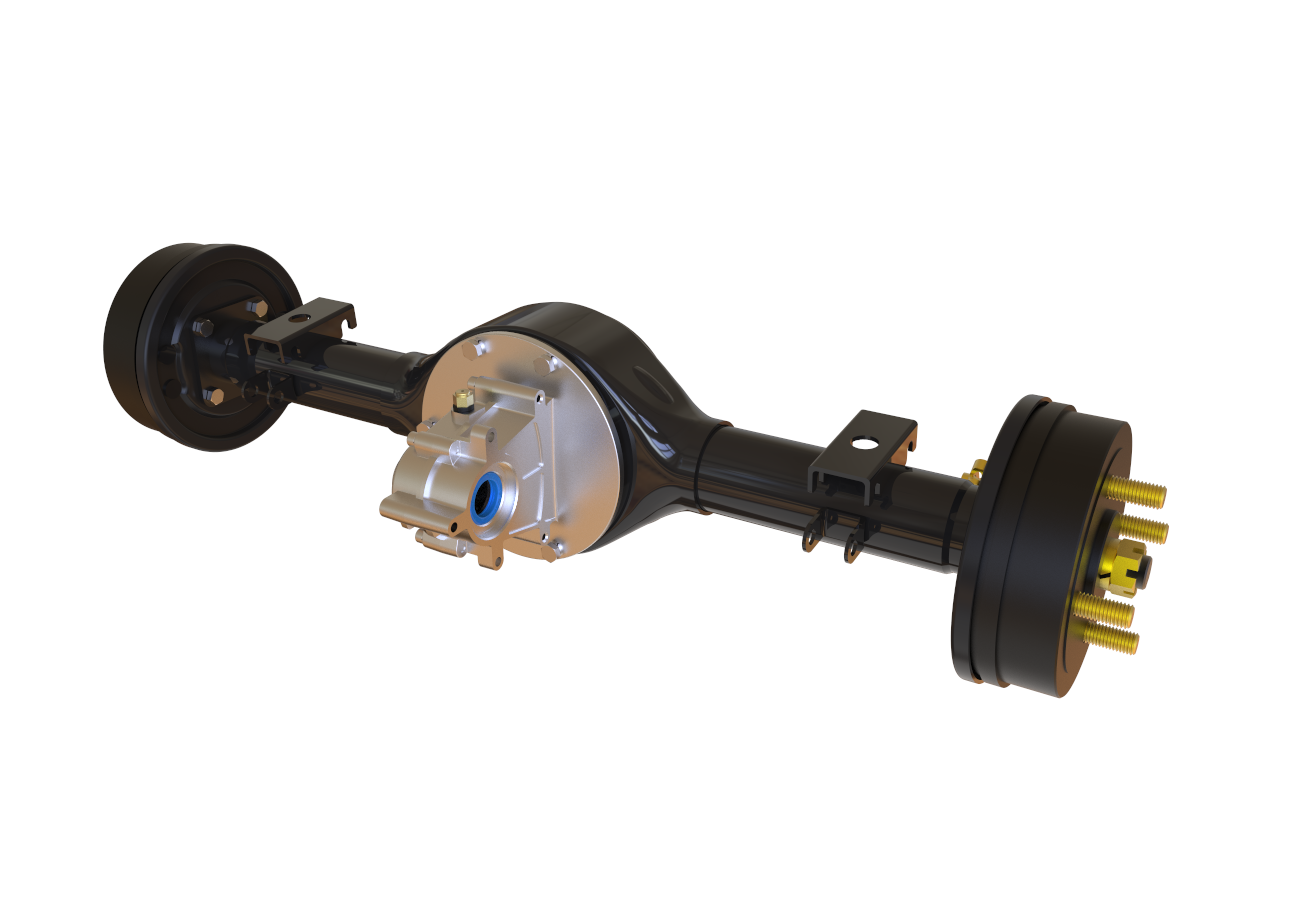
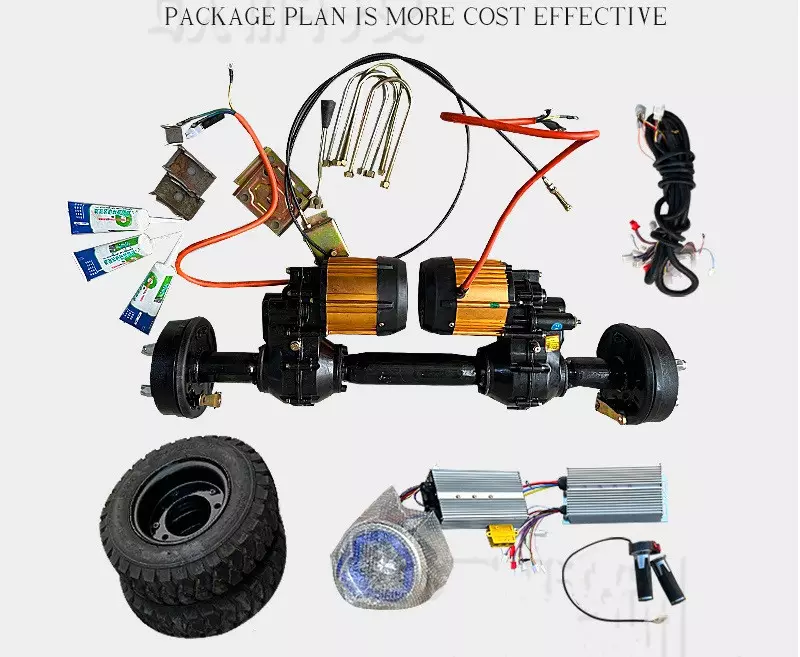

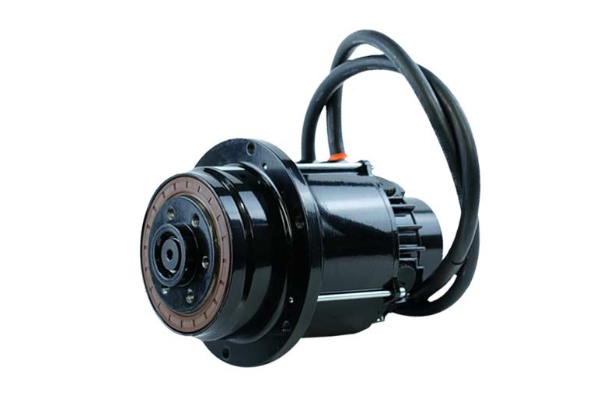
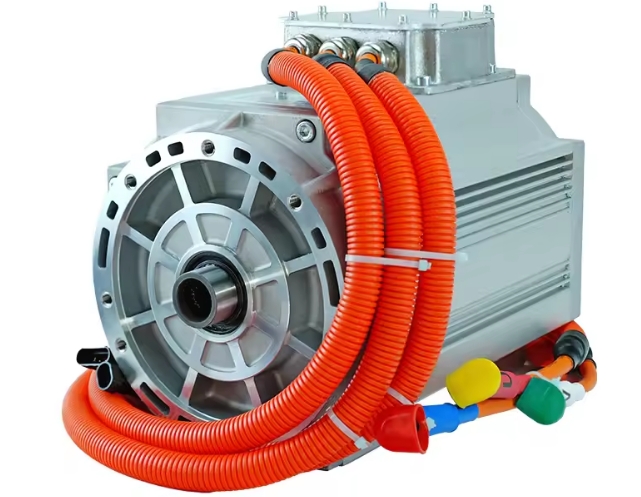
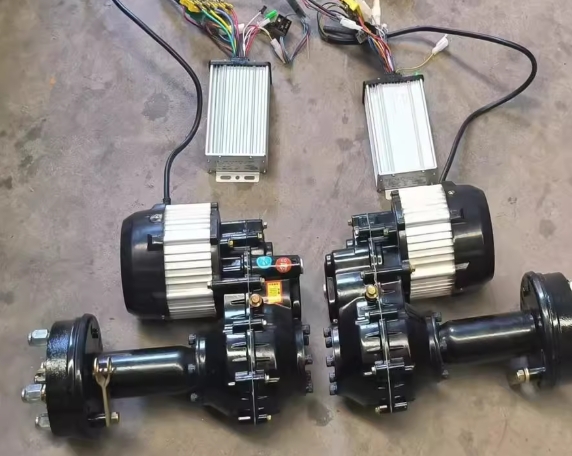
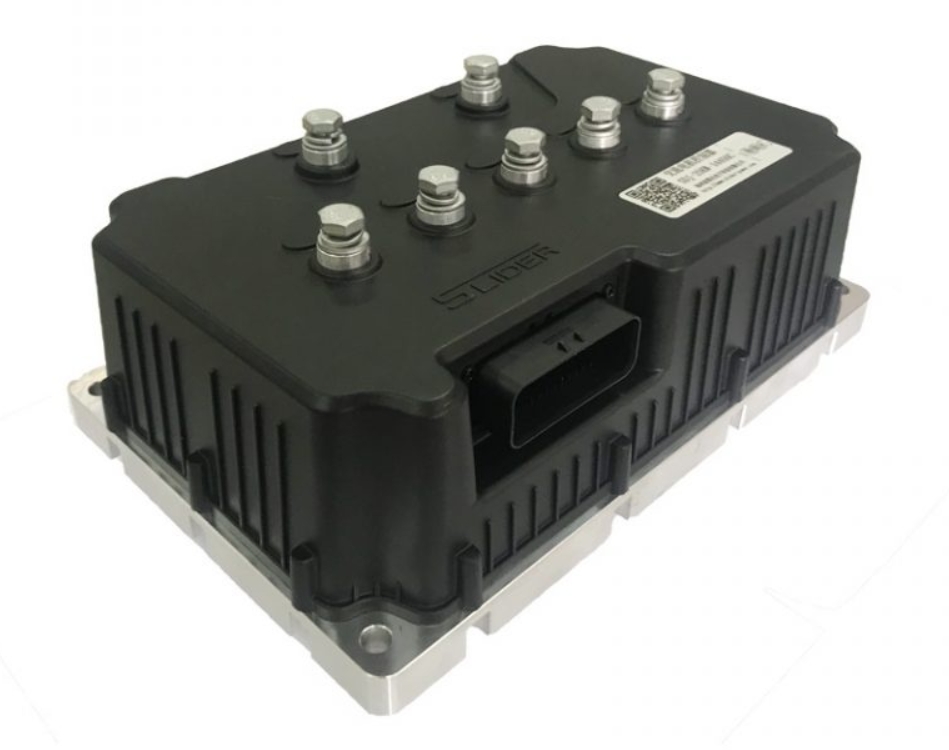

















 XINDA
XINDA